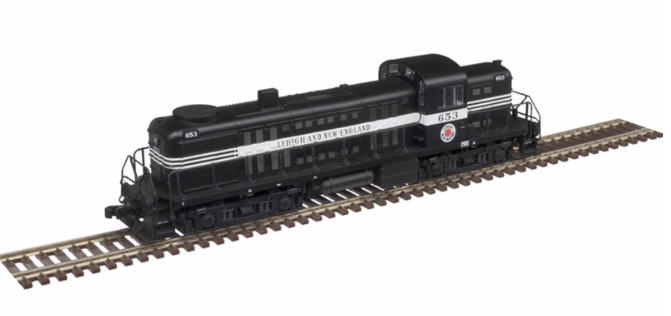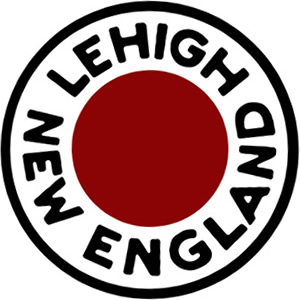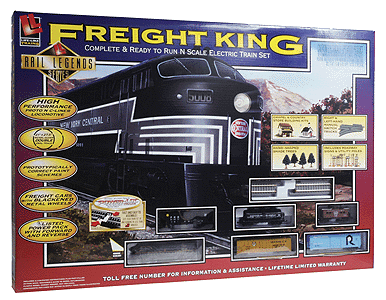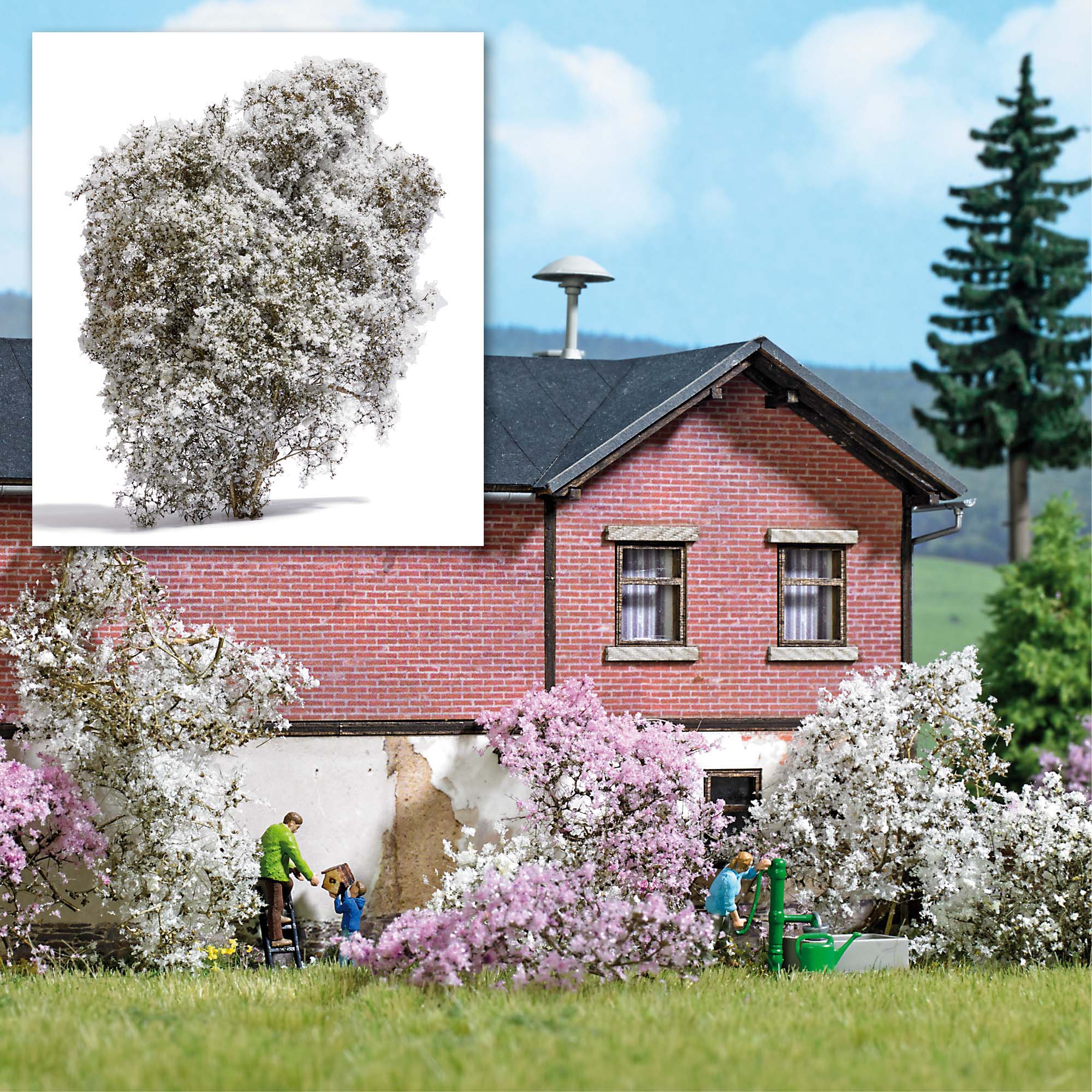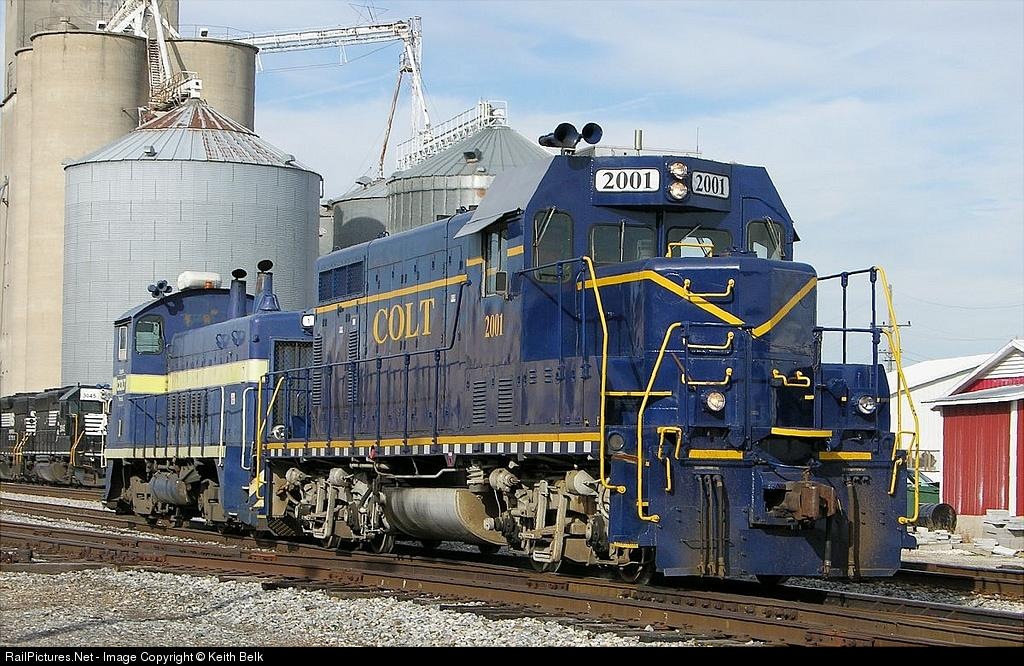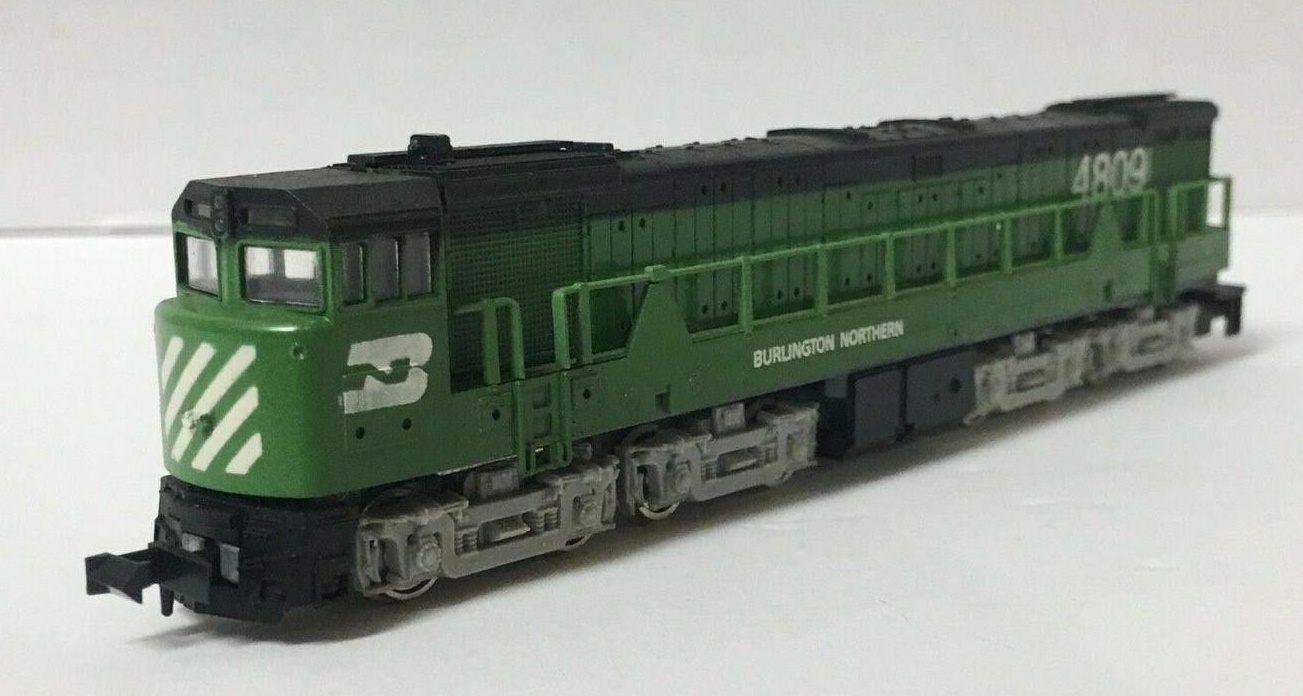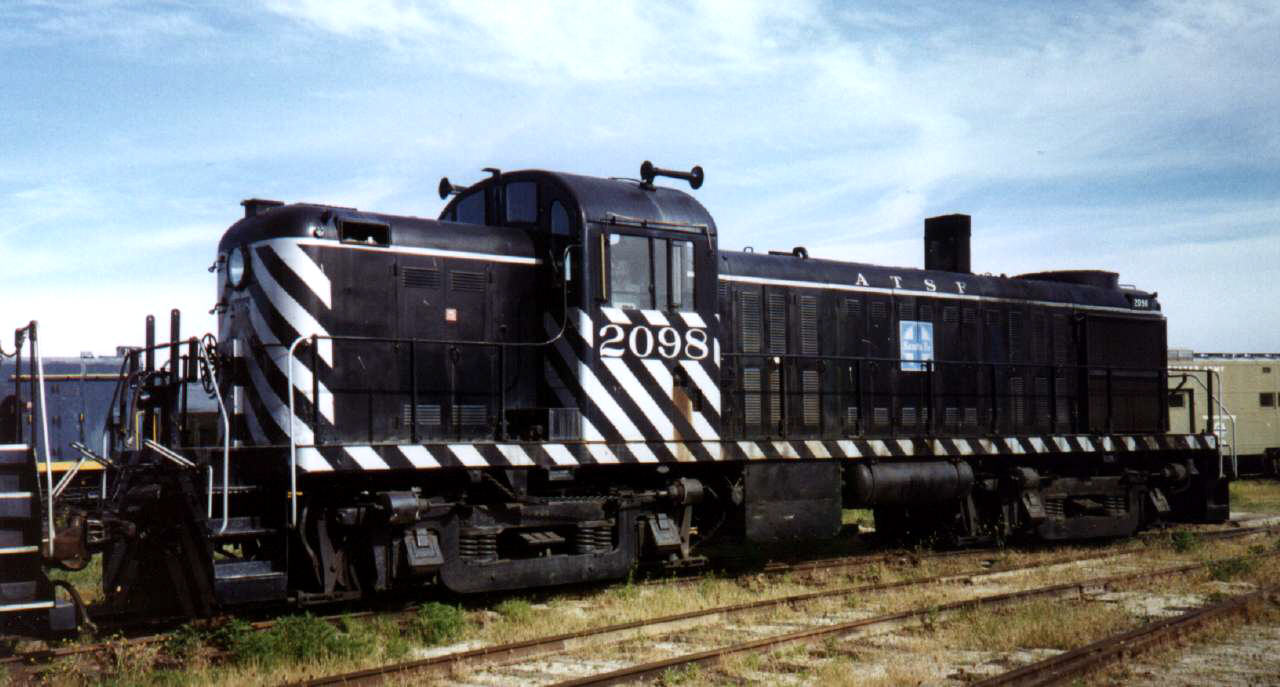Specific Item Information: MODEL FEATURES:
• Slow Speed Motor
• Golden-White LED s
• Directional lighting
• Dual brass flywheels
• Low-friction mechanism
• Dynamic brakes
• Factory-installed AccuMate® magnetic knuckle couplers
• Accurate painting and lettering
Model Information: First released in 2007. Subsequent releases in 2008, 2011 and in 2012 (with MTL couplers). A fifth release was announced in 2012, but eventually cancelled due to insufficient reservations.
Re-run under Atlas brand in 2019 after Atlas purchased the tooling from Walthers.
Features:
Re-run under Atlas brand in 2019 after Atlas purchased the tooling from Walthers.
Features:
- split-frame, all-metal, DCC-Friendly chassis,
- 5-pole skew-wound "scale speed" motor, with dual flywheels,
- low-friction drive,
- bi-directional LED lighting,
- all-wheel drive and pickup (no traction tires),
- blackened, low-profile wheels,
- body-mounted Accumate couplers.
DCC Information: Contrary to the above review, due to the amount of effort required to install a decoder, we elected to classify this as DCC-Friendly.
Accepts the following plug-in decoders (non-sound), but requires a full disassembly of the locomotives, and proper isolation of the motor from the chassis with insulating tape:
- Digitrax DN163K2: 1 Amp N Scale Mobile Decoder for Kato N scale SD80/90MAC Series, RSC2, RS2. See installation tips on Digitrax website.
- TCS K2D4: N-scale drop-in decoder designed for Kato RS2/RSC2, SD80/SD90MAC and Life-Like/Walthers RS2, GP18 locomotives. See installation tips on TCS website.
The Atlas version of 2019 comes either with a factory-installed DCC decoder or in DC version.
Accepts the following plug-in decoders (non-sound), but requires a full disassembly of the locomotives, and proper isolation of the motor from the chassis with insulating tape:
- Digitrax DN163K2: 1 Amp N Scale Mobile Decoder for Kato N scale SD80/90MAC Series, RSC2, RS2. See installation tips on Digitrax website.
- TCS K2D4: N-scale drop-in decoder designed for Kato RS2/RSC2, SD80/SD90MAC and Life-Like/Walthers RS2, GP18 locomotives. See installation tips on TCS website.
The Atlas version of 2019 comes either with a factory-installed DCC decoder or in DC version.
Prototype History: The ALCO RS-2 is a 1,500–1,600 horsepower (1,100–1,200 kW) B-B road switcher diesel-electric locomotive built by the American Locomotive Company (ALCO) from 1946 to 1950. ALCO introduced the model after World War II as an improvement on the ALCO RS-1. The locomotive was one of several road switchers in a crowded market, including the Baldwin DRS-4-4-1500, EMD GP7, and FM H-15-44. ALCO discontinued the RS-2 in 1950 in favor of the ALCO RS-3. Several examples have been preserved.
383 locomotives were produced — 374 by the American Locomotive Company, and 9 by Montreal Locomotive Works in Canada. Eight of the ALCO RS-2s were exported to Canada. The RS-2 has a single, 12 cylinder, model 244B engine, developing 1,500 horsepower (1,100 kW). Thirty-one locomotives built by Alco between February and May 1950 with the 12 cylinder 244C 1,600 horsepower (1,200 kW) engine.
From Wikipedia
Read more on American-Rails.com
383 locomotives were produced — 374 by the American Locomotive Company, and 9 by Montreal Locomotive Works in Canada. Eight of the ALCO RS-2s were exported to Canada. The RS-2 has a single, 12 cylinder, model 244B engine, developing 1,500 horsepower (1,100 kW). Thirty-one locomotives built by Alco between February and May 1950 with the 12 cylinder 244C 1,600 horsepower (1,200 kW) engine.
From Wikipedia
Read more on American-Rails.com
Road Name History: The L&NE appeared in 1895 from the reorganization of earlier bankrupt lines in the area. The L&NE is parallel to and just northwest of the Lehigh & Hudson River. The line began in the Allentown-Bethlehem area of Pennsylvania, and ran northeast through a corner of New Jersey to Campbell Hall, New York (just west of L&HR’s terminus in Maybrook.) Total mileage was just under 220.
Primary traffic was anthracite and cement with a bit of slate traffic for good measure. Unlike the L&HR, L&NE never developed into much of a bridge carrier but generated much more traffic on line.
The steam fleet included the following wheel arrangements: 0-6-0, 0-8-0 (both standard cab and camelbacks), 2-8-0 (both standard cab and camelbacks), 2-8-2 and 2-10-0. The 0-8-0’s were the last camelbacks built for service in America. In 1949, the Lehigh & New England completely dieselized with Alco FA-1, FB-1 sets and RS-2’s (set up for long hood forward operation.)
By 1960, the anthracite business had all but disappeared and the local cement industry was in a steep decline. Mileage had fallen to 177. The L&NE’s parent company, Lehigh Coal & Navigation Company, saw the writing on the wall. Even though the railroad was still solvent, they applied to abandon it. Jersey Central took over 41 miles of line on the south end and the rest of the Lehigh & New England was abandoned in 1961. L&NE became a paper railroad under CNJ to operate those 41 miles. During the early 70s build up to Conrail, a portion of that remaining line was transferred to Reading. Both segments became part of Conrail in 1976.
Primary traffic was anthracite and cement with a bit of slate traffic for good measure. Unlike the L&HR, L&NE never developed into much of a bridge carrier but generated much more traffic on line.
The steam fleet included the following wheel arrangements: 0-6-0, 0-8-0 (both standard cab and camelbacks), 2-8-0 (both standard cab and camelbacks), 2-8-2 and 2-10-0. The 0-8-0’s were the last camelbacks built for service in America. In 1949, the Lehigh & New England completely dieselized with Alco FA-1, FB-1 sets and RS-2’s (set up for long hood forward operation.)
By 1960, the anthracite business had all but disappeared and the local cement industry was in a steep decline. Mileage had fallen to 177. The L&NE’s parent company, Lehigh Coal & Navigation Company, saw the writing on the wall. Even though the railroad was still solvent, they applied to abandon it. Jersey Central took over 41 miles of line on the south end and the rest of the Lehigh & New England was abandoned in 1961. L&NE became a paper railroad under CNJ to operate those 41 miles. During the early 70s build up to Conrail, a portion of that remaining line was transferred to Reading. Both segments became part of Conrail in 1976.
Brand/Importer Information: In 1924 Stephan Schaffan, Sr. founded the Atlas Tool Company in Newark, New Jersey. In 1933 his son, Stephan Schaffan, Jr., came to work for his father at the age of sixteen. Steve Jr. built model airplanes as a hobby and frequented a local hobby shop. Being an enterprising young man, he would often ask the owner if there was anything he could do to earn some extra spending money. Tired of listening to his requests, the hobby-store owner threw some model railroad track parts his way and said, "Here, see if you can improve on this".
In those days, railroad modelers had to assemble and build everything from scratch. Steve Jr. created a "switch kit" which sold so well, that the entire family worked on them in the basement at night, while doing business as usual in the machine shop during the day.
Subsequently, Steve Jr. engineered the stapling of rail to fiber track, along with inventing the first practical rail joiner and pre-assembled turnouts and flexible track. All of these products, and more, helped to popularize model railroading and assisted in the creation of a mass-market hobby. The budding entrepreneur quickly outgrew the limitations of a basement and small garage operation. Realizing they could actually make a living selling track and related products, Steve and his father had the first factory built in Hillside, New Jersey at 413 Florence Avenue in 1947. On September 30, 1949, the Atlas Tool Company was officially incorporated as a New Jersey company.
In 1985, Steve was honored posthumously for his inventions by the Model Railroad Industry Association and was inducted into the Model Railroad Industry Hall of Fame in Baltimore, Maryland. In addition, Steve was nominated and entered into the National Model Railroad Association Pioneers of Model Railroading in 1995.
In the early 1990s, the Atlas Tool Company changed its name to Atlas Model Railroad Company, Inc.
In those days, railroad modelers had to assemble and build everything from scratch. Steve Jr. created a "switch kit" which sold so well, that the entire family worked on them in the basement at night, while doing business as usual in the machine shop during the day.
Subsequently, Steve Jr. engineered the stapling of rail to fiber track, along with inventing the first practical rail joiner and pre-assembled turnouts and flexible track. All of these products, and more, helped to popularize model railroading and assisted in the creation of a mass-market hobby. The budding entrepreneur quickly outgrew the limitations of a basement and small garage operation. Realizing they could actually make a living selling track and related products, Steve and his father had the first factory built in Hillside, New Jersey at 413 Florence Avenue in 1947. On September 30, 1949, the Atlas Tool Company was officially incorporated as a New Jersey company.
In 1985, Steve was honored posthumously for his inventions by the Model Railroad Industry Association and was inducted into the Model Railroad Industry Hall of Fame in Baltimore, Maryland. In addition, Steve was nominated and entered into the National Model Railroad Association Pioneers of Model Railroading in 1995.
In the early 1990s, the Atlas Tool Company changed its name to Atlas Model Railroad Company, Inc.
Item created by: CNW400 on 2019-03-21 17:56:07. Last edited by CNW400 on 2021-01-13 12:37:27
If you see errors or missing data in this entry, please feel free to log in and edit it. Anyone with a Gmail account can log in instantly.
If you see errors or missing data in this entry, please feel free to log in and edit it. Anyone with a Gmail account can log in instantly.


